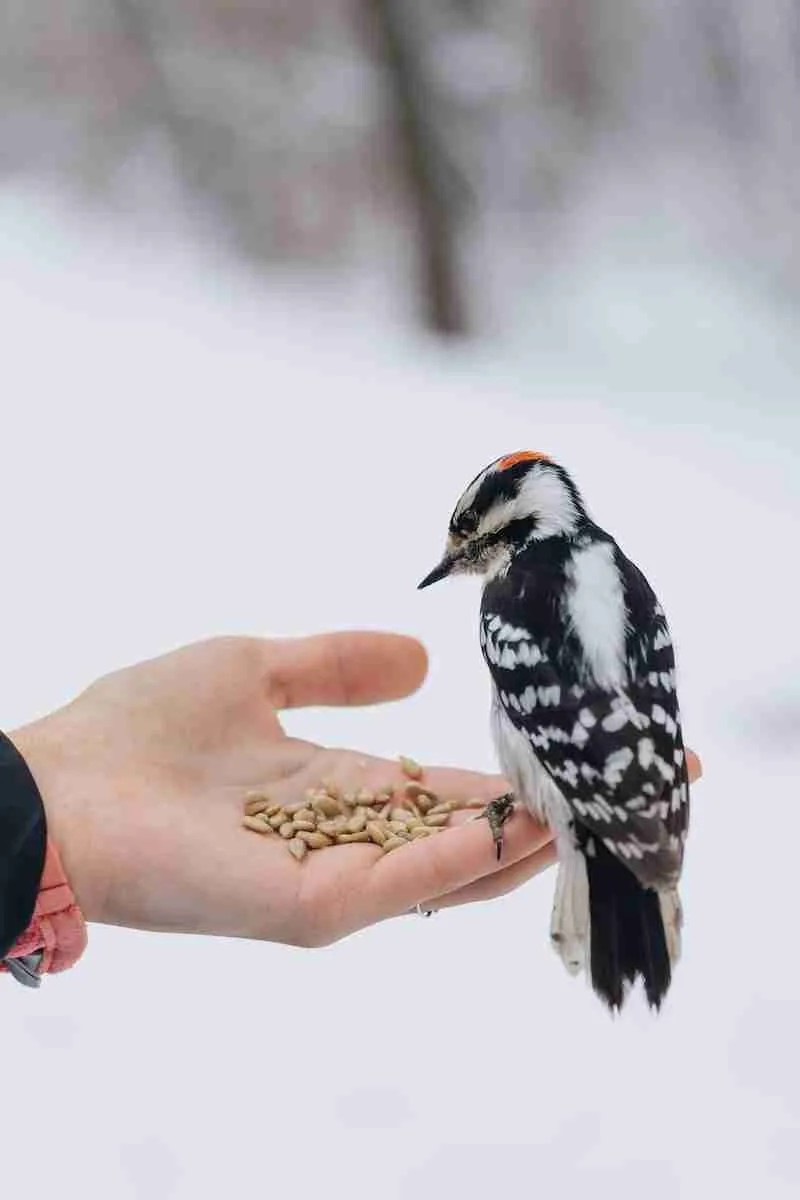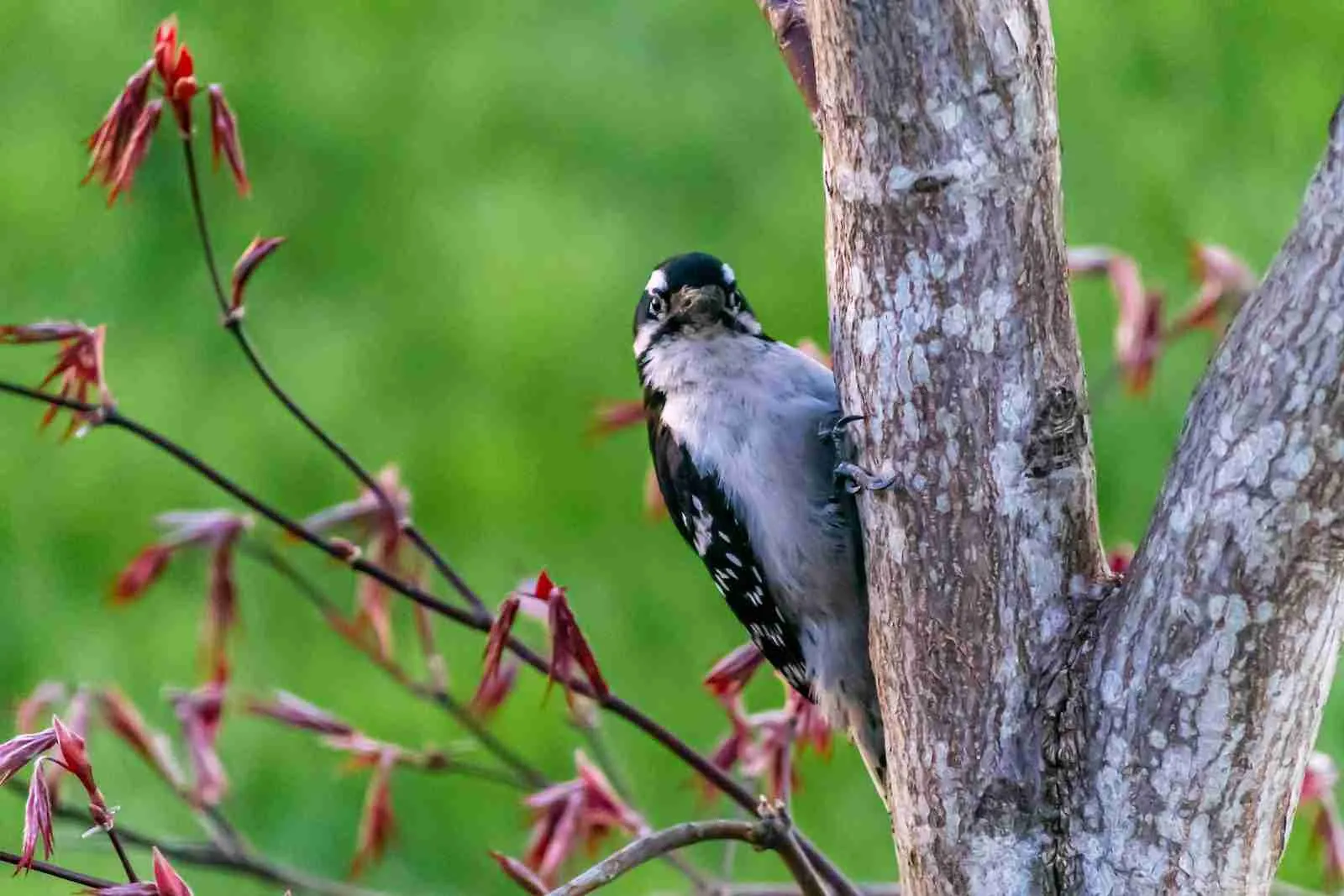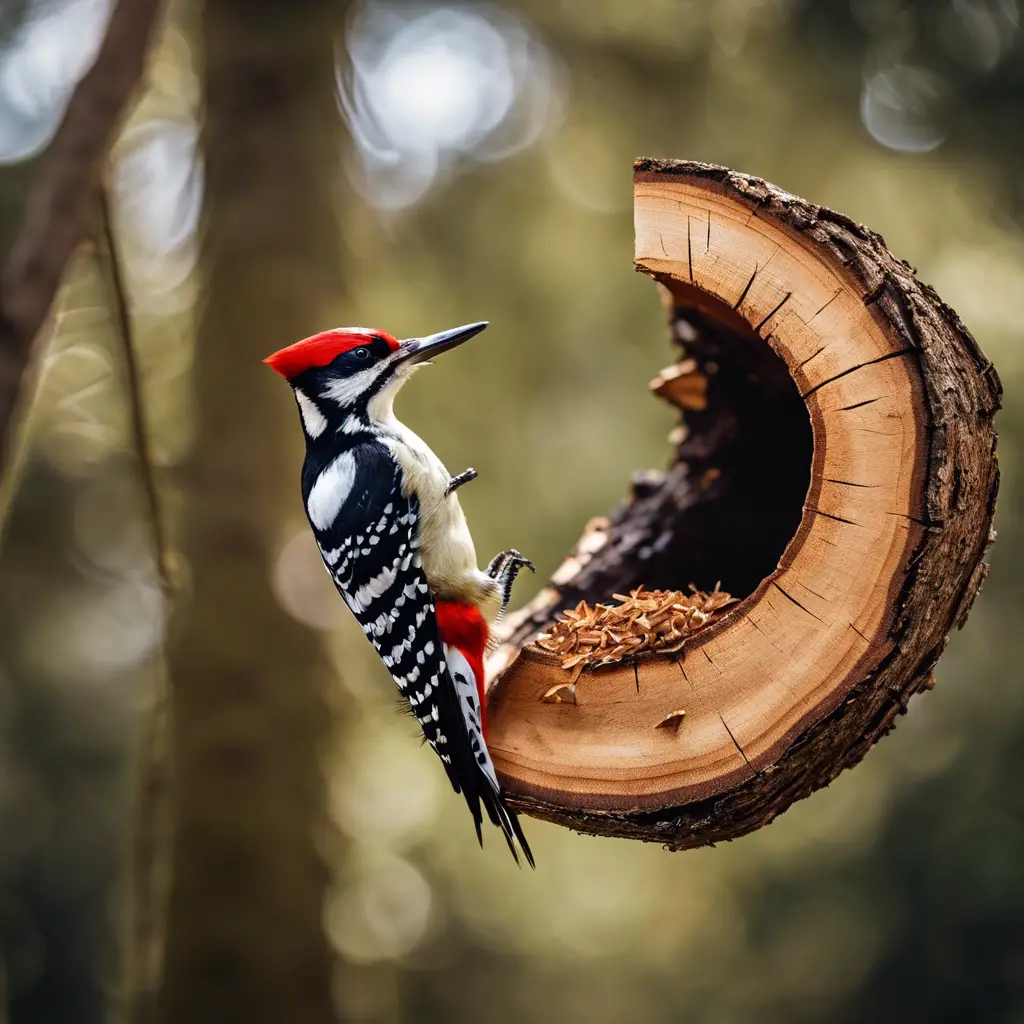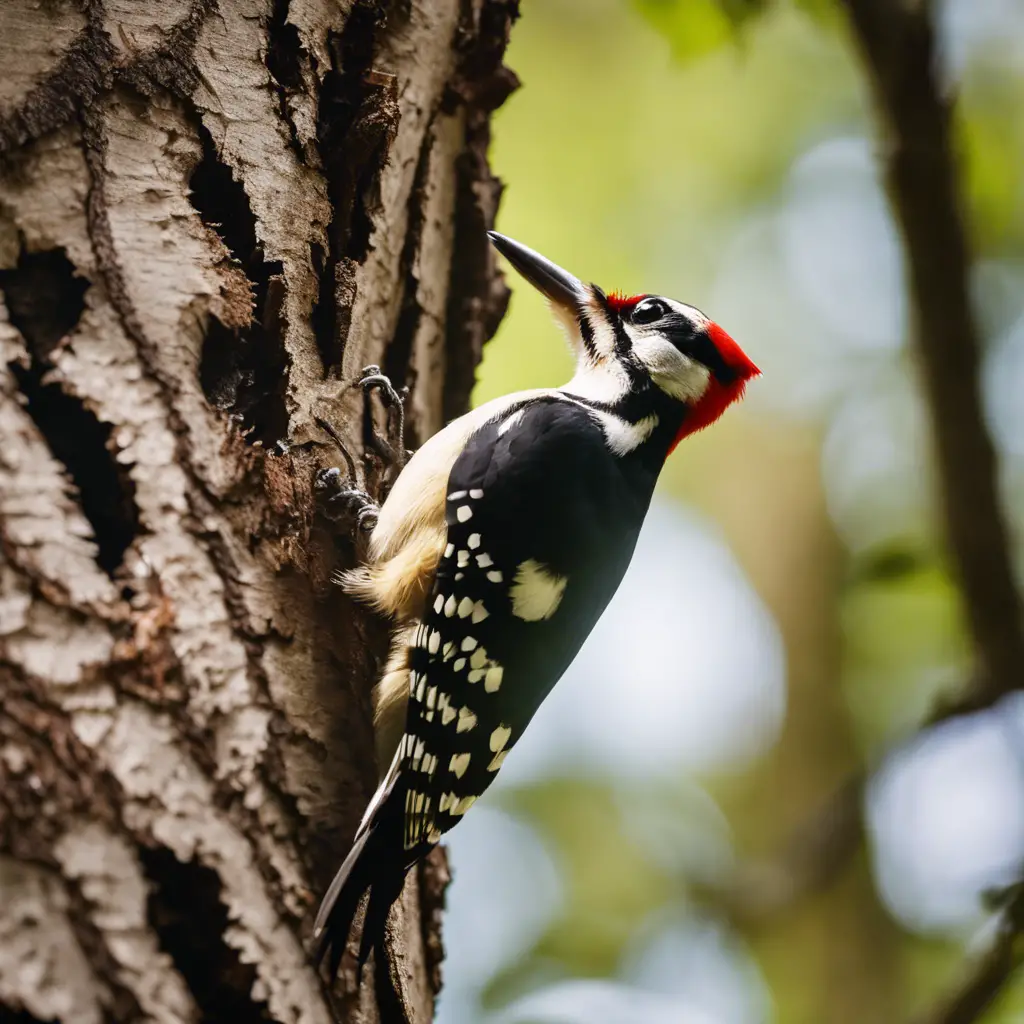Woodpeckers do not like humans. These birds are solitary in nature and prefer to be left alone. They are mostly found in wooded areas where they can easily find trees to peck at for food as well as nesting sites. A human presence is likely to disturb the woodpecker’s habitat and cause them stress.
Additionally, woodpeckers use their beaks to create nests and they could harm themselves if they were to peck at humans. In conclusion, woodpeckers do not like humans because of the disturbance they cause in their habitats as well as potential injury.
The reasons woodpeckers do not like humans are due to habitat disturbance and potential injury. Woodpeckers are solitary creatures that prefer to be left alone in wooded areas where they have easy access to trees for pecking, as well as nests. When humans enter these wooded areas, it can cause the birds stress and disturb their habitats.
Woodpeckers are known to be attracted to shiny objects
Woodpeckers are fascinating birds that attract plenty of attention wherever they go. Not only are they known for their ability to peck into trees and create cavities, but they’re also drawn to a variety of objects in their search for food. Of these items, few stand out more than their attraction to shiny objects. Objects such as coins, foil, or glass can draw woodpeckers from far away, with the bright reflections catching both their eyes and attention.
While some theorize this behavior is a result of woodpeckers attempting to find insects on reflective surfaces, others suggest it’s purely aesthetic and results from the bird’s curiousness about these shiny objects. Regardless of the reason why woodpeckers seem so attracted to such items, it adds an interesting quirk to the already colorful personality of these unique birds. From homes to parks and gardens, seeing a woodpecker perched on a reflective surface is a sight often worth stopping to admire!
Some woodpeckers will even eat insects that are harmful to humans
While they often get a bad rap for boring holes in wood siding or trees, this behavior is actually an important part of the bird’s diet. Woodpeckers use their beaks to drill into bark and uncover a variety of insects and larvae, as well as seeds, nuts, and fruit. Interestingly enough, it turns out that some types of woodpeckers will even eat insects that are harmful to humans!
Species like the hairy woodpecker have been observed eating pests such as mosquitos and Japanese beetles. This helps us control these populations naturally, without having to use potentially harmful chemical pesticides.
Woodpeckers have also been known to consume carpenter ants, which can damage our homes by burrowing into walls and ceilings. By keeping these pest populations in check through their appetite, woodpeckers are another helpful example of how nature works together to ensure balanced ecosystems. Plus they look great doing it!
However, not all woodpeckers are friendly towards humans
Their powerful beaks allow them to quickly break into trees in search of food, while their feet let them securely cling to bark. Unfortunately, not all woodpeckers are friendly towards humans. While some species tolerate our presence, others may see humans as a potential threat or source of competition. They use their long beaks to attack windows and siding on homes and buildings, occasionally breaking through the outer layer of protection.
During nesting season they can be particularly aggressive, even bashing at open windows if they feel their young are in danger. While these protective behaviors should be respected, homeowners often take drastic measures to remove these birds from their property and prevent further damage.
Fortunately, there are humane solutions for managing human-woodpecker interactions before it gets out of hand–or off the wall. With a little patience and knowledge about the specific species present in your area, it’s possible to coexist peacefully with woodpeckers despite their occasional boldness.
Can Woodpeckers Drink from Hummingbird Feeders Like Humans Can?
Woodpeckers and hummingbird feeders: While hummingbirds have long, slender bills perfect for sipping nectar, woodpeckers have different feeding habits. Woodpeckers primarily rely on insects found in tree trunks, making their beaks sturdy and strong, unlike hummingbirds. Consequently, woodpeckers cannot access nectar from hummingbird feeders like humans can.
It is best to stay away from wild woodpeckers if you don’t know how they will react
Wild woodpeckers are some of the most charismatic birds in nature, with their bright plumage and energetic behavior. While they may seem friendly and approachable, it is best to stay away from these birds if you don’t know how they may react. It is not uncommon for wild woodpeckers to become defensive around people, especially when nesting or feeding young.
They may fly at people aggressively or peck at them if they feel threatened or disturbed. Additionally, wild woodpeckers carry a number of bacteria and viruses that can make humans sick, such as salmonella and Lyme disease. They also have sharp beaks that can inflict painful injuries if they become too excited or agitated. As such, wild woodpeckers should generally be admired from a distance rather than handled or approached directly. By respecting the boundaries of these fascinating birds, you can help ensure that both you and the wild woodpecker remain safe!

An avid ornithologist, zoologist and biologist with an unwavering passion for birds and wild animals.
Dr. Wilson’s journey in ornithology began in childhood and led him to obtain a Ph.D. in Ornithology from the prestigious Avian Research Institute. He has worked closely with renowned experts in the field and conducted extensive research and field studies globally.




